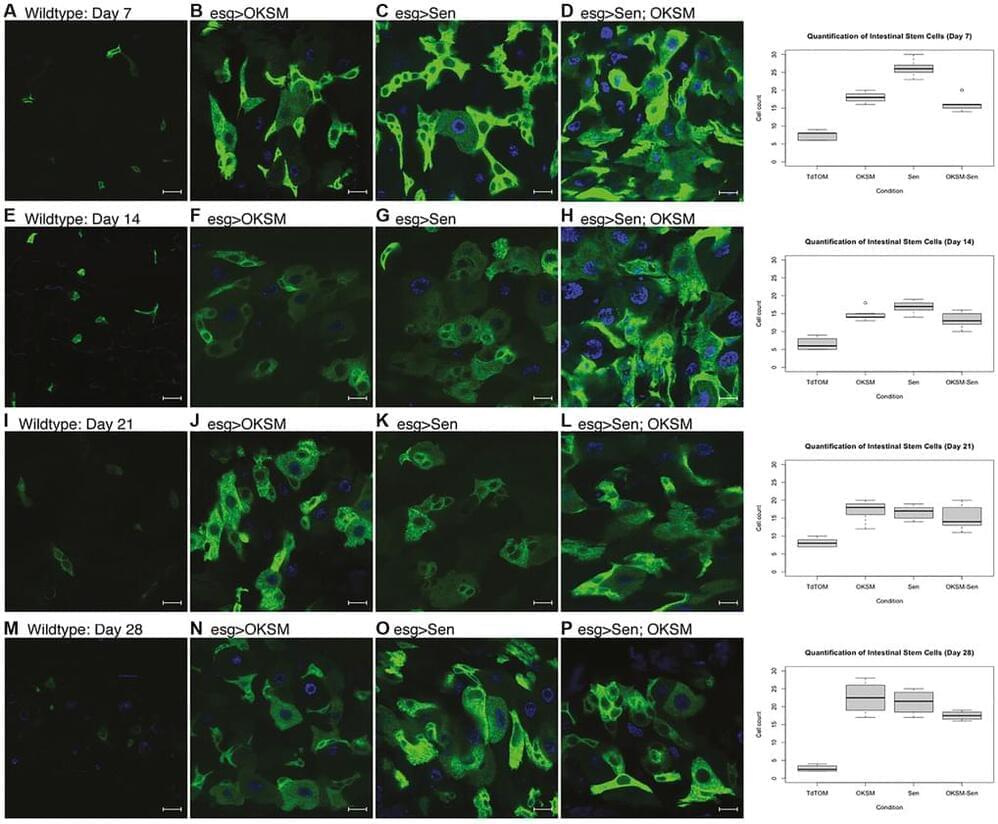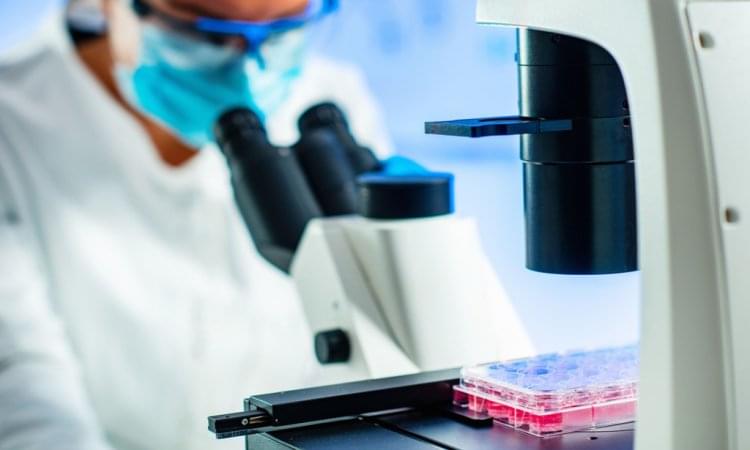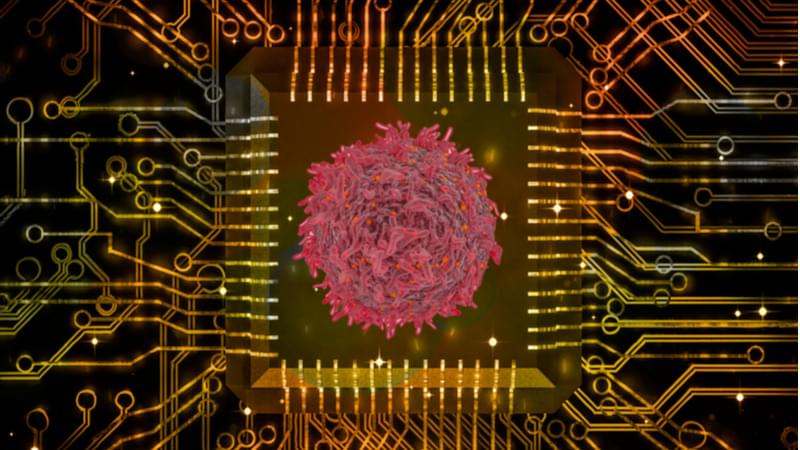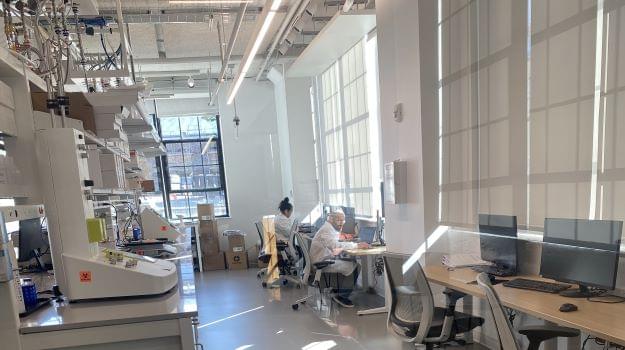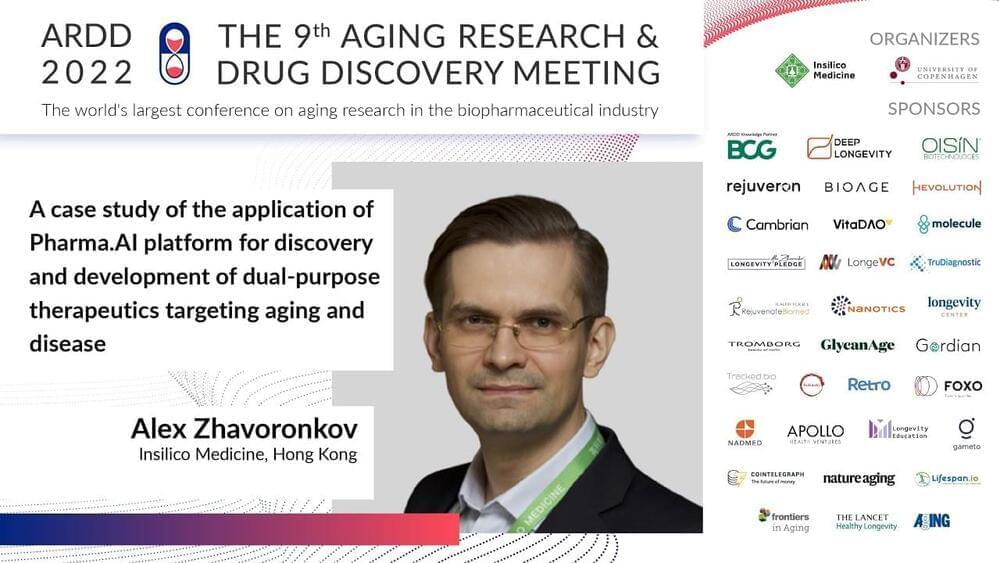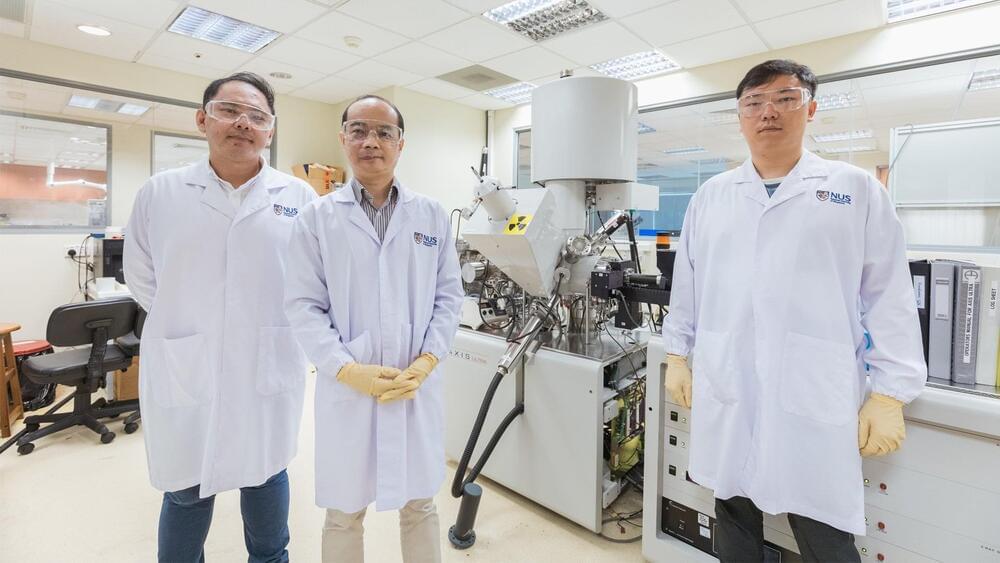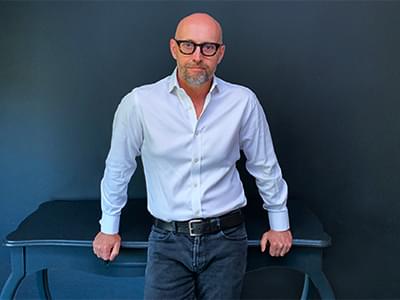
When we think about aging, one of the first thoughts that comes to mind is wrinkled and sagging skin as well as the greying and loss of hair – simply put, the physical changes to appearance that we associated with advancing age. These changes are the most striking reflection of the underlying molecular aging processes that are happening inside our bodies.
The current size of the cosmetic industry alone highlights that physical appearance is important to people. As we continue developing strategies to improve longevity allowing us to live longer and in far better health, people will inevitably want a “youthful appearance” to match their newfound “youthful state”. Furthermore, as this report explains in more detail, aesthetic aging plays a significant and grossly underappreciated role in influencing the rate of biological aging.
It is fair to say that the cosmetic industry alone might not be enough to address aesthetic aging from a longevity point of view, as cosmetic products work to conceal the signs of aging. We need tactics that can address the underlying causes of skin and hair aging to achieve long-term benefits and halt the fine interlink between aesthetic aging and biological aging. This is where advanced aesthetics comes in.

